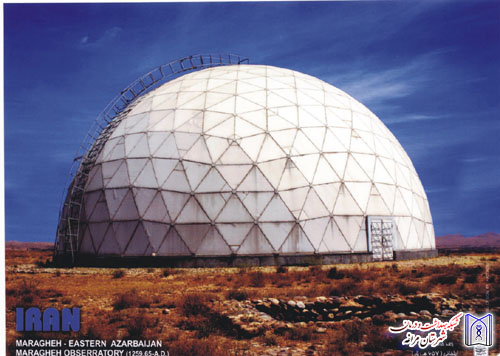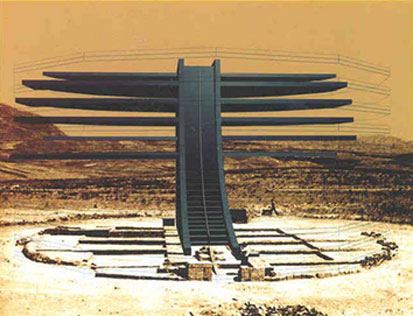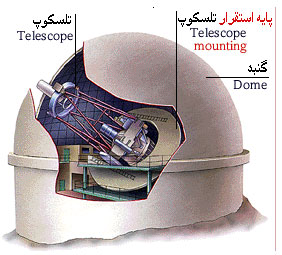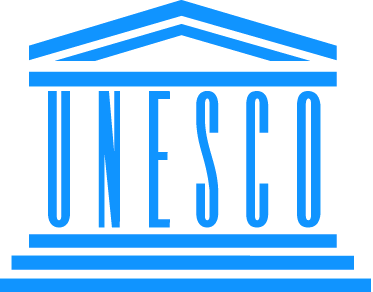
He was a Prolific Polymath Writer, an Astronomer, Biologist, Chemist, Mathematician, Philosopher, Physician, Scientist, and Theologian.

The construction of a fine observatory, Hulegu was happy to agree. Hulegu had made Maragheh his capital. Construction of the observatory began in 1259 west of Maragheh, and traces of it can still be seen there today. The Observatory at Maragheh became operational in 1262. Interestingly the Persians were assisted by Chinese astronomers in the construction and operation of the observatory.
It had various instruments such as a 4 meter wall quadrant made from copper and an a azimuth quadrant which was the invention of TUSI himself. KHAJA NASIR TUSI also designed other instruments for the observatory which was far more than a center for astronomy. It possessed a fine library with books on a wide rage of scientific topics, while work on science, mathematics and philosophy were vigorously pursued there. TUSI put his observatory to good use, making very accurate tables of *Planetary Movements. Considerable parts of the groundwork are preserved in the ruins.

Hulego Khan believed that many his military successes were due to the advice of Astronomers (who were also Astrologers), especially of NASIR TUSI. Therefore when TUSI complained that his Astronomical Tables are outdated, Hulegu gave a permission to built a new observatory in a place of TUSI's choice. According to books like "Jam-e-Tavarikhe Rashidi" the building of the Rasad Khaneh started in 1259 (657 A.H.). The library of the Maragheh observatory contained 40,000 books on many subjects, not only related to Astrology/Astronomy. With it were associated the endeavors of numerous scholars,
whom KHAJEH NASIR mentions in Zij-e-ilKhan, an Astronomical Almanac.
It is not known with certainty until when it had been active. It turned into ruins as a result of frequent earthquakes and lack of funding by the state. SHAH ABBAS the great arranged for repair, however, this was not commenced due to the King's early death. Presently the remnants of the observatory from 1259 can be found outside the city over the hill of Taleb Khan at the west of Maragheh.
The remains inspired Ulugh Beg to construct his observatory in Samarkand in 1428.
Hulegu's older brother, Khublai Khan also constructed an observatory, the GAO-CHENG Astronomical Observatory in CHINA.
To save the installation from further destruction, Iran's Cultural Heritage and Tourism Organization (ICHTO) built a dome-framed shelter and it plans to hold an exhibit of Astronomical Devices used at Maragheh Observatory.
The Observatory is currently covered with a dome-framed brass structure and is situated two miles west of Maragheh.
UNESCO Named the Year 2008 as the Maragheh Observatory Year.i

Source: TEENAGER Magazine
No comments:
Post a Comment